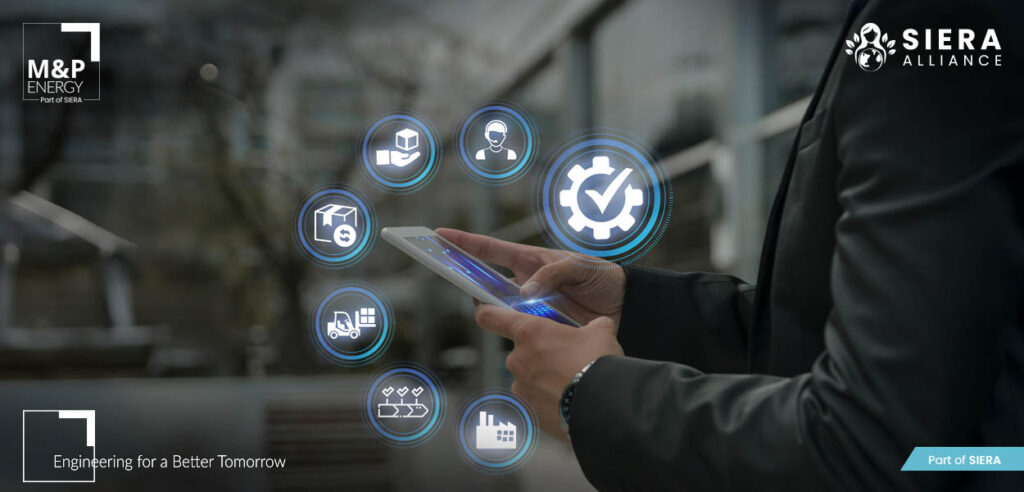As energy prices rise and sustainability regulations grow increasingly stringent across the European Union, commercial building owners are facing mounting pressure to reduce energy consumption and align their operations with net-zero goals. Energy efficiency has become a critical driver of operational resilience, cost control, and environmental performance.
Commercial buildings account for a significant share of the global energy footprint. According to the International Energy Agency (IEA) buildings are responsible for approximately 30% of global energy use and over 26% of energy-related carbon emissions. A substantial portion of this comes from the commercial sector, where inefficiencies in heating, cooling, lighting, and controls lead to energy waste. Studies show that 20–40% of the energy used in commercial buildings is typically lost due to outdated systems, poor insulation, and suboptimal operations.
Optimizing energy efficiency in commercial buildings offers clear economic, environmental, and strategic advantages. It lowers utility costs, increases asset value, enhances occupant well-being, and helps organizations comply with national and EU-wide sustainability frameworks.
The Strategic Importance of Commercial Energy Optimization
Improving building energy performance is one of the most cost-effective ways to reduce greenhouse gas emissions while simultaneously delivering value to tenants, investors, and building operators. According to the World Green Building Council, buildings that implement energy efficiency strategies can reduce operational carbon by up to 50%.
Beyond reducing emissions and energy bills, energy-efficient commercial buildings are better positioned to meet standards like the EU Energy Efficiency Directive comply with ESG frameworks, and attract green investment. They are also more resilient to volatile energy markets and help organizations future-proof their operations.
A Strategic Framework for Energy Efficiency Improvements
Improving energy efficiency begins with a professional energy audit. These audits assess baseline energy use and identify key opportunities for improvement across systems such as HVAC, lighting, building envelope, and control technologies. According to the European Commission audits can identify savings opportunities of up to 30% in commercial facilities.
Upgrading HVAC systems—typically responsible for 40–50% of building energy use, as noted by the IEA—is often the most impactful starting point. Replacing aging chillers, boilers, or air handling units with high-efficiency models, combined with smart thermostats and demand-controlled ventilation, can yield energy reductions of 20–30%.
Lighting upgrades also offer quick returns. The U.S. Department of Energy reports that switching from fluorescent to LED lighting can reduce energy consumption by up to 80%. When combined with occupancy sensors and daylight harvesting controls, these systems become dynamic and adaptive.
Implementing smart energy management systems further enhances building performance. These technologies allow facility managers to monitor energy use in real time, optimize equipment runtimes, and forecast energy demand based on usage patterns, occupancy levels, and weather data.

Comparing High-Impact Efficiency Measures
The table below outlines the most impactful efficiency strategies along with their estimated energy savings and typical return on investment (ROI).
| Strategy | Estimated Energy Savings | Typical Payback Period | Source |
| HVAC system upgrades | 20-30 % | 3-6 years | IEA |
| LED lighting with controls | up to 80 % (lighting load) | 1-3 years | U.S. DOE |
| Building automation & smart controls | 10-20 % overall | 2-5 years | McKinsey |
| Building envelope improvements | 10-30 % Heating/cooling | 5-10 years | EU Commission |
| Energy management platforms (EMS) | 10-15 % | 2-4 years | WorldGBC |
Certifications, Standards, and Compliance
Third-party certifications validate energy performance and environmental leadership. Frameworks such as LEED, BREEAM, and DGNB provide structured approaches for integrating sustainable design, energy monitoring, and operational best practices. They also support ESG disclosures, improve building marketability, and open access to preferential financing and tax incentives.
The Energy Star for Commercial Buildings program offers a benchmark for efficiency in North America, while the EU Taxonomy provides a regulatory framework for sustainable real estate investment in Europe.
Certified buildings consistently outperform their peers in terms of occupancy rates, tenant retention, and financial returns.
Technology Integration and Smart Operations
The future of energy efficiency in commercial buildings lies in the integration of advanced technologies. Intelligent building management systems (BMS), digital twins, and sensor networks provide facility-wide coordination of heating, lighting, and ventilation based on real-time data.
Some of the most impactful technologies in this space include:
- Building-integrated photovoltaics (BIPV) and onsite solar
- Thermal storage and load shifting systems
- IoT-based HVAC monitoring
- AI-driven demand response and energy forecasting
- Cloud-based analytics for portfolio-wide energy visibility
These technologies make it possible not only to reduce energy demand but also to balance energy loads dynamically across an entire building or even across a real estate portfolio.

Long-Term Benefits of Energy-Efficient Buildings
According to the IEA Net Zero Roadmap, improving building energy efficiency is one of the fastest and most cost-effective ways to reduce emissions. Retrofit programs in commercial buildings can cut energy use by 30% or more, with internal rates of return exceeding 15% and payback periods often between 2 and 7 years, as noted in a McKinsey report.
Beyond the economics, energy-efficient buildings support compliance with climate policies, reduce environmental impact, and enhance public perception. In competitive real estate markets, energy performance is becoming a critical differentiator for tenants, lenders, and investors.
Conclusion:
Maximizing energy efficiency in commercial buildings is essential to meeting environmental goals, improving operational performance, and ensuring long-term asset value. With a growing set of tools—from energy audits and system upgrades to advanced analytics and green certifications—building owners have powerful means at their disposal.
M&P Energy GmbH - part of SIERA, supports commercial property stakeholders, municipalities, and developers in planning and delivering effective energy efficiency solutions. From diagnostics and financial analysis to technical implementation and digital monitoring, M&P helps future-proof commercial buildings and unlock their full sustainability potential.


